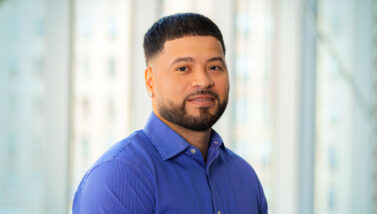Trafficking in Persons

“Something isn’t right. I think the women all live together.” This comment was made by my hair dresser in reference to a nail salon where a man was the manager and none of the women spoke English.
The question, “What should I have done?” was asked by a woman who once worked as a clerk in a lingerie store. One day a teenage girl came into the store with two older men. One man browsed around while the other picked out sexy “adult” lingerie for the teenager. There was no conversation between the teenager and the men. The clerk tried to engage the girl in conversation, but the man paying for the lingerie answered instead. However, the girl did say that she didn’t attend school.
It is possible both of these women were witnesses to the practice of human trafficking. The first may have been a case of labor trafficking and the second, a case of commercial sex trafficking.
Human trafficking, trafficking in persons, and modern-day slavery are terms that refer to both sex trafficking and compelled labor. Compelled labor includes involuntary servitude, slavery, or practices similar to slavery, debt bondage, and forced labor. Although we use the term “trafficking,” human trafficking does not require movement or transport. Exploitation can occur within one’s own community. The Office to Monitor and Combat Trafficking in Persons explains, “At the heart of this phenomenon is the traffickers’ aim to exploit and enslave their victims and the myriad coercive and deceptive practices they use to do so.”
What can we do to stop human trafficking? One option is to try to rescue all of the captives. Or, we could try to rescue those who are at risk of being captured. I think the latter approach would be more effective in the long run. This “upstream approach” focuses on prevention. But how do we find potential victims before the traffickers find them? We have to be able identify those who are vulnerable or at risk of being trafficked. This is where taking a look at the social determinants of human trafficking comes in to play.
When I went on a medical mission trip to Nicaragua, I learned that women and children often entered brothels for economic reasons. Women who borrow money from traffickers are forced to work in the brothels to pay off their debt. Any attempt to quit is met with violence against them or their families. Desperate parents even may sell their children to traffickers. Some children are simply kidnapped and then sold. Here in the U.S., young runaways (and other homeless youths and young adults) are sought out and befriended by traffickers and then forced or sold into the sex trade. In terms of labor trafficking, people may be recruited for jobs only to find themselves enslaved in a sweat shop, on a plantation, or in a massage parlor (often a front for a brothel).
So, we know two factors that place people at risk of being trafficked are extreme poverty and homelessness. This is a problem that is best addressed at multiple levels: individual, social/cultural, institutional, community, and public policy. In other words, a socio-ecological approach is needed. For more information on how you can make a difference, read “15 Ways You Can Help Fight Human Trafficking.”
Disclaimer: The views expressed here are solely those of the author(s) and do not necessarily represent or reflect the views of Excelsior College, its trustees, officers, or employees.


